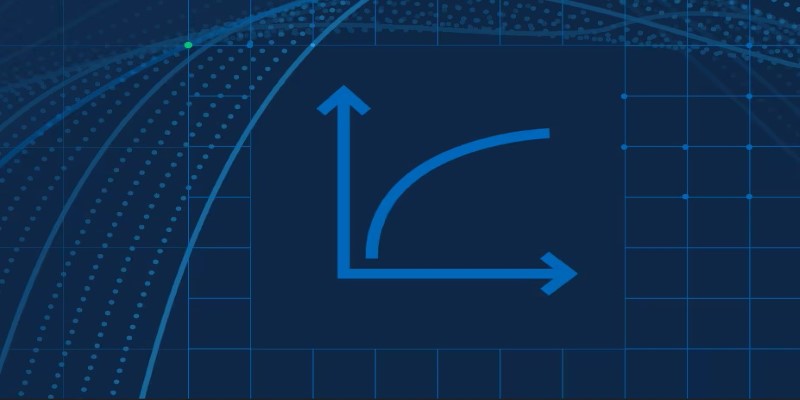Demystifying Float: A Practical Guide to Its Role in Finance
Have you ever deposited a check only to discover that it takes a few days to actually appear in your account? That lag, when the money is "floating" somewhere between accounts but not yet settled, is what we call "float." Although it sounds like financial jargon, the theory of float is, believe it or not, exceedingly simple and yet oddly applicable in finance. Whether you are a business owner handling transactions or simply curious about where money is going behind the scenes, understanding float can be very useful for understanding how to break down financial operations and manage cash flow.

This is a step-by-step guide to what a float is, how it works, the method for calculating it, and a real-world example to explain it all. Without any further ado, let’s begin exploring!
What Is Float?
Float is a finance term referring to money that is in motion during a financial transaction. Simply put, it refers to the period when funds are initiated for transfer but are not finalized or settled. For instance, when a customer writes a check, funds stay in their account until the bank clears the checks. At this point, the money is said to be "in float."
It is one of those vital factors that usually determine a company or individual's finances. Float refers to the difference between the time it takes to start realizing payments on an asset and when that asset gets settled. Therefore, for any business, prudent management of float balances the cash flows to achieve the liquidity requirement for conducting day-to-day business activity. At one level, it may seem like some form of little technicality, but strategic management of float determines the course of financial planning and proper resource allocation.
Float is not a term restricted only to checks. It applies across the electronic payment environment, including credit card transactions and many other situations where payment processing is delayed in settlement.
How Does Float Work?

Float operates in two distinct phases: collection float and disbursement float.
Collection Float occurs when funds are expected to be received but haven't yet been processed into the account. For instance, a business that invoices a client and waits for payment experiences a collection float.
Disbursement Float: This happens when a business initiates payments, but the money hasn't left its account. An example is when a company writes a check to a supplier; the funds are still technically in the company's account until the check clears.
The net float, which is the difference between collection float and disbursement float, can provide insight into an organization's actual cash availability. A positive net float means more cash on hand for a longer duration, while a negative net float might signal potential liquidity issues.
Float is also influenced by technological advancements and regional banking practices. For instance, in countries with faster payment systems or real-time settlement networks, such as the U.S. with ACH payments or the U.K. with Faster Payments, float durations have decreased significantly. It also interacts with bank processing times, clearing systems, and even digital payment methods. In a world increasingly driven by electronic payments, float times have decreased, but they haven’t disappeared entirely. For businesses, understanding these dynamics is key to maintaining healthy cash flow.
Calculating Float
Calculating float is a straightforward process, but it requires attention to detail. The formula is:
Float = Payment Date - Settlement Date
Let’s break it down:
Payment Date: The date on which the payment is initiated. For example, when you write a check or send a wire transfer.

Settlement Date: The date when the funds are officially debited from your account or credited to the recipient’s account.
By calculating the float period, businesses can gain a clearer picture of how long their funds are “in transit” and plan their financial operations accordingly.
Calculating float helps organizations forecast cash flow more accurately. For instance, a business might decide to strategically delay disbursements to maximize available funds for short-term investments. Conversely, reducing collection float ensures quicker access to incoming cash.
A Practical Example of Float
Imagine a retail business that receives payments from customers via checks and pays its suppliers through bank transfers.
Let’s say the business receives a $5,000 check on November 1st, but the check doesn’t clear until November 4th. During these three days, the $5,000 is in float—it exists, but it’s not accessible for use.
On the flip side, the business writes a $2,000 check to a supplier on November 2nd, but the supplier doesn’t deposit the check until November 6th. In this case, the business has an additional four days of float where the $2,000 is still in their account.
Net Float Calculation:
- Collection Float: 3 days (November 1–4)
- Disbursement Float: 4 days (November 2–6)
Net Float = Disbursement Float - Collection Float = 4 - 3 = 1 day
This net float of 1 day means the business temporarily has more available cash, which can be used for other needs or held to maintain liquidity. Understanding this process helps businesses optimize their financial strategies.
Conclusion
Float might seem like a niche financial concept, but its implications extend far and wide. Whether you’re running a business or managing personal finances, understanding how float works can offer better control over your money and improve decision-making. In an era where digital transactions have accelerated the speed of payments, the float has become shorter but no less significant. By mastering the art of managing float, businesses can boost their cash flow, optimize resources, and maintain financial stability. Remember, the next time you notice a delay in a payment showing up in your account, it's not just an inconvenience.











